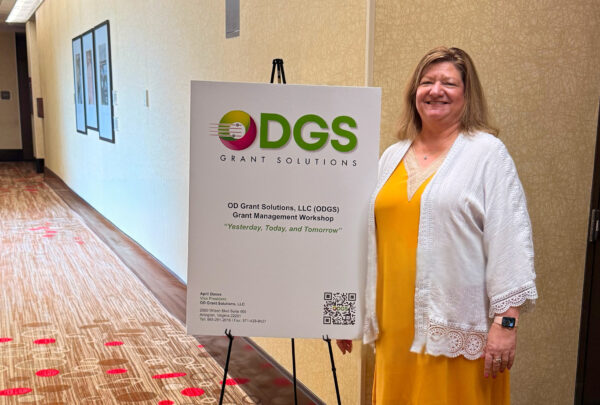Ports are vital to global trade, acting as critical nodes in the supply chain. However, with increasing environmental concerns, ports are subject to stringent regulations. Addressing these challenges requires substantial support, including federal funding aimed at ensuring environmental compliance for ports.
Understanding Environmental Compliance for Ports
Environmental compliance for ports involves adhering to regulations that protect ecosystems, improve air and water quality, and reduce carbon emissions. These regulations, often governed by frameworks like the National Environmental Policy Act (NEPA), are essential for sustainable port operations.
The Importance of Environmental Compliance
Compliance is crucial not only for ecological integrity but also for ports’ operational efficiency and public image. Non-compliance can result in hefty fines, project delays, and reputational damage. Therefore, maintaining strict adherence to environmental regulations ensures ports can continue operations while protecting the environment.
Federal Funding: A Catalyst for Compliance
Federal funding plays a pivotal role in ensuring ports meet environmental standards. Several initiatives, such as the Port Infrastructure Development Program (PIDP) and grants under the Bipartisan Infrastructure Law (BIL), provide necessary financial support that assists ports in upgrading facilities to meet environmental mandates.
Key federal funding programs include the Port Infrastructure Development Program, which facilitates infrastructure improvements, making ports more efficient and environmentally friendly. It supports projects that directly enhance safety, capacity, and environmental compliance. The Bipartisan Infrastructure Law represents a significant investment in ports to modernize facilities and adopt technologies that reduce emissions and improve sustainability, including the development of zero-emission port equipment. Additionally, the Inflation Reduction Act funds climate-focused initiatives by allocating resources for emission reductions and advancing green energy projects at ports.
Strategies for Achieving Compliance with Federal Support
Federal funding not only provides financial relief but also facilitates strategic planning for compliance. One strategy is to leverage technology and innovation by investing in cutting-edge technology such as electrified cargo handling equipment to reduce emissions. Collaborating with federal agencies and peer ports can provide insights into successful compliance strategies and innovative solutions. Conducting regular environmental assessments helps in identifying compliance gaps and taking corrective measures proactively.
Overcoming Challenges in Environmental Compliance
Ports face numerous challenges in compliance, from navigating complex regulatory frameworks to securing the necessary funding. Nonetheless, by developing comprehensive compliance programs and utilizing federal funds effectively, ports can address these challenges efficiently.
Environmental compliance for ports is a strategic imperative driven by rigorous regulations and enhanced by federal funding. By leveraging these funds, ports can upgrade infrastructure, adopt sustainable practices, and ensure their operations are both eco-friendly and efficient. This approach not only fulfills regulatory requirements but also aligns with broader sustainability goals, ensuring ports remain pivotal components of global trade in an environmentally conscious world.




